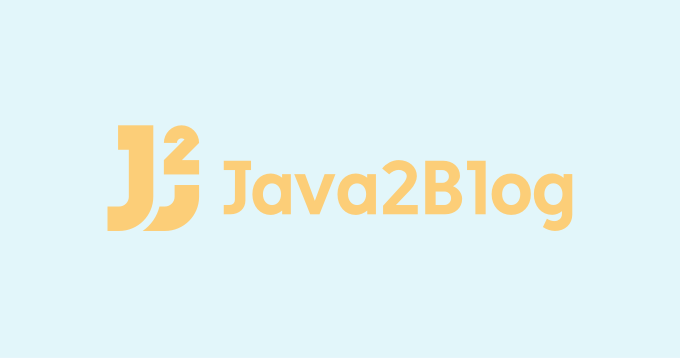Java 9


 12 October
12 OctoberJava 9 JShell tutorial
The Java JShell is a command-line tool that is introduced in Java 9 version. It helps to execute/test Java statements in a single line. It is based on REPL (Read Evaluate Print Loop) that reads a code statement, execute that and print the output, statement after statement. It reads the statement and immediately shows the […]
 11 October
11 OctoberJava 9: Stream API Improvements
In Java 9, following methods are added to Stream interface of stream package. These methods are default and static. The takeWhile() Method This method is included in Stream interface and used to collect the elements into a stream. It takes all the elements till the condition specified as predicate. For example, we want to collect […]
 24 September
24 SeptemberJava 9 – Process API Improvements
In this post, we will see about Java 9 process API improvements. Java improved its Process API in Java 9 version that includes new methods for Process class and two new interfaces ProcessHandle and ProcessHandle.Info. These methods are used to create a new process and get process information like process status, running time, process id, […]
 19 September
19 SeptemberJava try with resources
In this post, we will see about Java try with resources Statement. Java try with resources is a feature of Java which was added into Java 7. It helps to close all the resources declared within try block. It automatically closes the resources after being used. A resource can be any file or a database […]
 19 September
19 SeptemberJava 9 – Javadoc Improvement
Java has upgraded its Javadoc for better user interaction and user-experience. It includes a simplified search, HTML generator, Doclet API, etc. What is Javadoc The Javadoc is a tool like javac and a part of JDK. It is used to generate HTML documentation of Java source code. If you ever visit to oracle site you […]
 19 September
19 SeptemberJava 9 – @SafeVarargs Annotation
In this post, we will see about @SafeVarargs Annotation in Java 9. The @SafeVarargs is an annotation that is used to perform safe operations. When a method takes variable arguments, then it may cause to unsafe operation, so the @SafeVarargs annotation tells to the compiler to perform safe operations. For example, if we don’t use […]
 19 September
19 SeptemberJava 9 – Anonymous Inner classes and Diamond Operator
Type inference is a feature of Java that was introduced in Java 7. Now, Java compiler can infer type of a data automatically. For example, if we create an ArrayList then we use the code like: [crayon-6876b997e20c2204407979/] You can see that Java 7 allows us to use empty diamond operator to avoid code redundancy. But […]
 19 September
19 SeptemberJava 9 – Private methods in interface
In this topic, we will discuss the private and private static methods inside an interface. interface in Java is a concept which is used to achieve abstraction. In early versions of Java, an interface can contain only abstract methods and constants until Java 8 which allows to add default and static methods as well. In […]
 17 September
17 SeptemberJava 9 Underscore(_) keyword
In this post, we will see about Underscore keyword, which is introduced in java 9. Underscore In Java Underscore(_) is a symbol that is used to combine multi-words in a single identifier sometimes refers to a variable in a programming context. In Java, to create a lengthy variable, we prefer to use underscore (_) such […]



